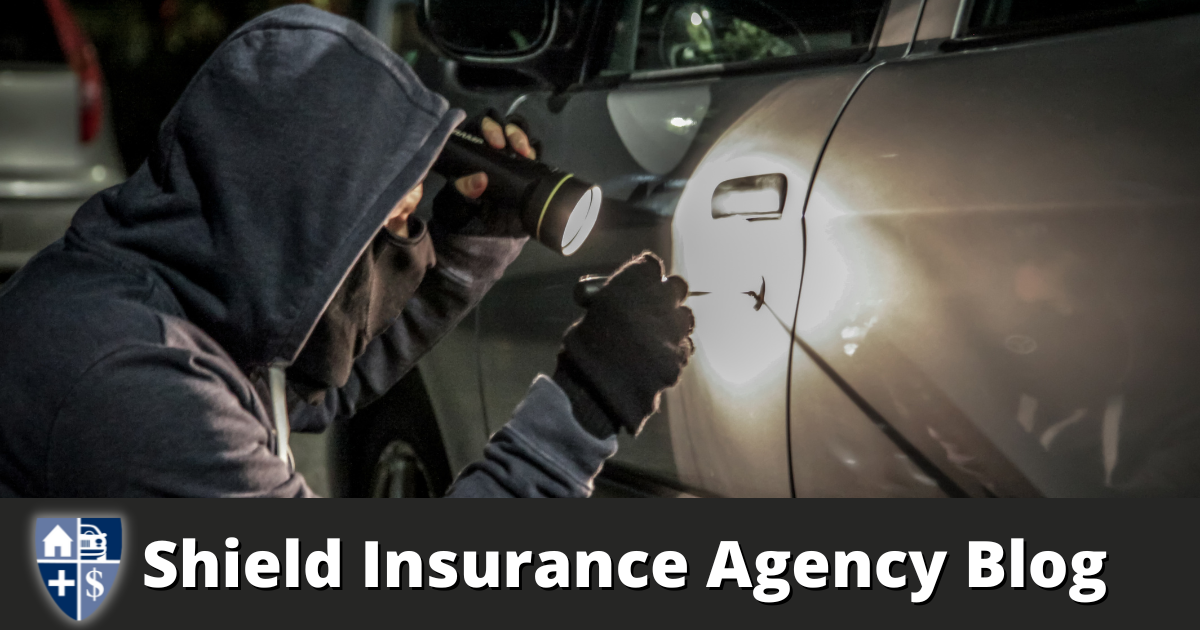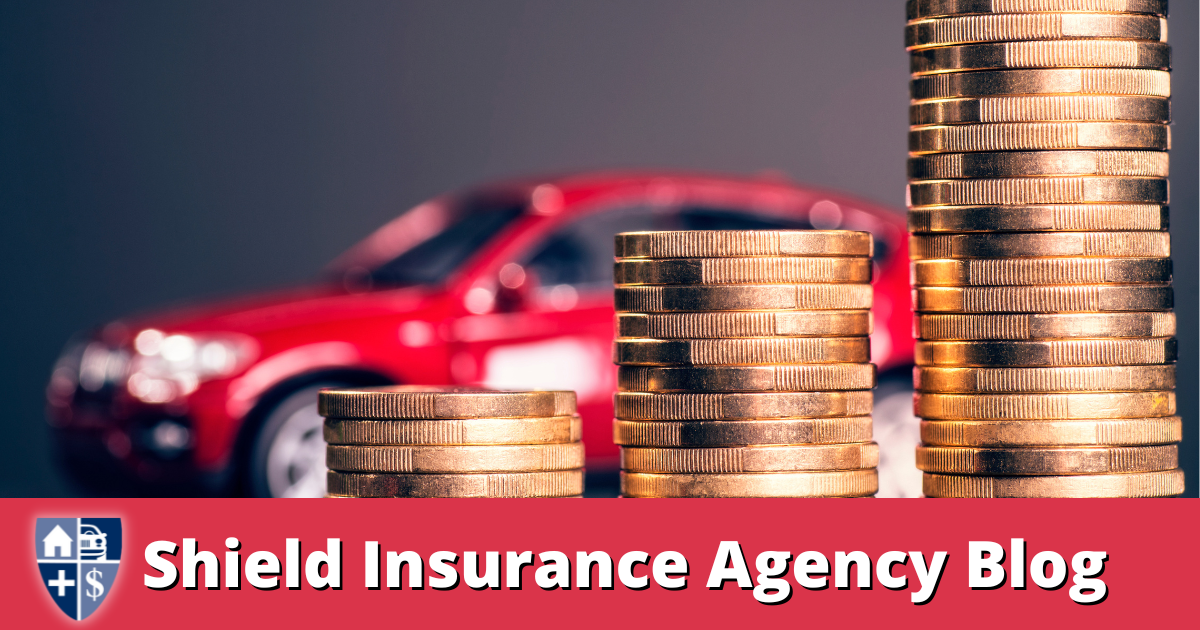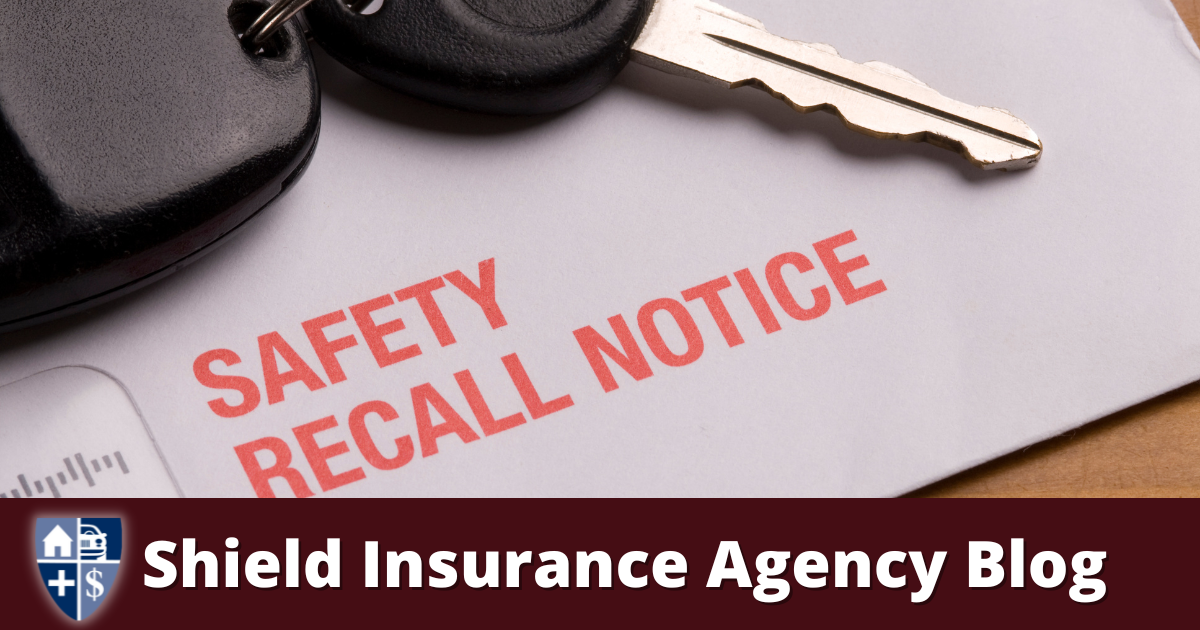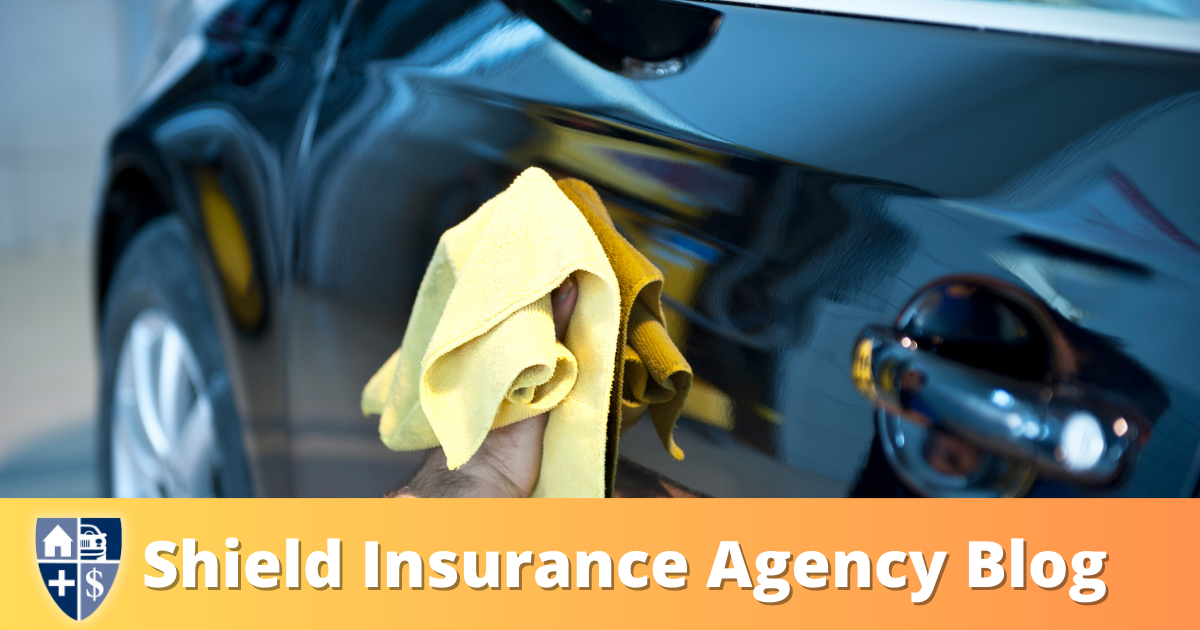
How to Prevent Car Theft
Nationwide | April 20, 2023 | Car Theft | Auto Insurance | Start A Quote Today!
How common is car theft? According to estimates from the National Insurance Crime Bureau, there were more than 745,000 motor vehicle thefts in the first nine months of 2022 in the U.S. [1] [2] And when citizens are targeted in the most potentially dangerous of these crimes – carjacking – the attacker succeeds in roughly half of all attempts, according to the U.S. Department of Justice.
To find out how to prevent carjacking and car theft, read on.
1. Don’t leave valuables in your car
You don’t display your cash, financial statements, and jewelry in your home’s windows, do you? So why would you do the same in your car? Instead, hide any valuables, including purses, computer bags, and the ignition key. You’d be surprised how often people don’t.
According to the National Insurance Crime Bureau, between 2019 and 2022, more than 100,000 reported vehicle thefts were facilitated by keys, including situations where keys were left inside the vehicle. [3] One-fourth left a purse or wallet inside, and one-third have left bank statements. In addition, one-third say they’ve kept their vehicle running while unoccupied.
2. Park in a well-lit area to prevent car theft
Not everyone has a garage. But many have the option of parking on a well-lit street – another deterrent for crooks. Also, etch the vehicle identification number on windows to discourage thieves from stealing the vehicle and selling it to a chop shop.
3. Lock your vehicle doors to prevent car theft
The minute you step into an automobile, you’re vulnerable. So lock up right away, before starting the ignition or setting up your music, GPS, etc. (Buckling up is the second “to do.”)
4. Don’t leave your keys in the car to prevent car theft
“It’ll just be for a second, I’m only running into the store for a couple of things.”
Unfortunately, “a second” is all a thief will need if you leave the keys in the car for them. So always take your keys with you no matter where or how briefly you’ll be out of your vehicle. It sounds obvious, but this is one of the most important ways to prevent car theft.
5. Stay alert
Staying alert is the best example of how to prevent carjacking. When stopped or slowed down, you increase the opportunity for a carjacker. So at traffic lights, exercise caution. “When stopped in traffic, leave enough space to move forward,” says Brent O’Bryan, vice president of learning and development for AlliedBarton Security Services, a physical security firm. [4]
6. Know where you’re going
Just as you want to stay in well-lit areas while parking, you don’t want to “hide” in the darkness while driving. “Don’t head into remote or unfamiliar areas,” O’Bryan says. “If you feel like you’re being followed, don’t drive home. Don’t park next to a vehicle such as a van which could be hiding a suspect.” [4]
7. Install an anti-theft system
If someone tries to break into your car, you’ll want to make it apparent to anyone in earshot that this has occurred. Anti-theft systems emit loud alarms when they detect forced entry into your vehicle, alerting anyone nearby and potentially scaring the would-be thief from sticking around. You can also install a GPS tracking system that will show the location of your vehicle if the thief successfully makes off with it.
Having an anti-theft device in your vehicle may earn you a discount on your car insurance.
8. Stay cool during a crisis
Even if you take every precaution, you could still get involved in carjacking. If so, your and your passengers’ safety remains the top priority. Stay calm – if you panic, it’s more likely a criminal will too. “Never argue; give up your car,” O’Bryan says. “Get away from the area as quickly as possible. Note the suspect’s appearance, and immediately report it to the police.” [4]
Most commonly stolen cars
You might expect thieves to go for the glitziest, most expensive-looking cars they can find, but the trouble with those vehicles is that they stand out in a crowd. No car thief wants to be seen after they make their getaway, so the most commonly stolen cars are some of the most widely owned models. Ford F-series pickup trucks and Honda Civics have been US frequently targeted for this precise reason. In 2021, cars like Civics were also popular because they share parts with other Hondas, making them valuable for stripping and selling. [5]
More recently, in a 2022 HLDI study, 2019-2021 models of Dodge Chargers topped the charts for most stolen vehicles. [6]
What cars are targeted for catalytic converter theft?
Certain vehicles are also being singled out to steal their catalytic converters. Hybrid cars like the Toyota Prius use expensive metals to construct their catalytic converters, making them prime targets. [7] Thieves will steal the catalytic converter and sell it for the value of its metal.
Does insurance cover car theft?
So, you took all the precautions, but someone managed to make off with your car anyway. Are you covered? It depends on your policy. Comprehensive policies will typically cover theft. However, policies like liability insurance do not.
Learn more about what your car insurance will cover in the event of car theft.
Sources:
[1] https://www.nicb.org/news/news-releases/over-745000-stolen-vehicles-reported-so-far-2022, Accessed April 2023.
[2] https://www.cbsnews.com/news/auto-thefts-carjackings-major-u-s-cities-spike-new-report/, Accessed April 2023.
[3] https://www.prnewswire.com/news-releases/vehicles-stolen-with-keys-left-inside-on-the-rise-301731304.html, Accessed April 2023.
[4] Nationwide Interview with Brent O’Bryan, 2016.
[5] https://www.cars.com/articles/these-vehicles-are-most-vulnerable-to-theft-says-iihs-457296/, Accessed April 2023..
[6] https://www.moneygeek.com/insurance/auto/most-stolen-cars-in-america/, Accessed April 2023.
[7] khou.com/article/news/how-to-prevent-yourself-from-becoming-the-latest-victim-of-catalytic-converter-thefts/285-d978572e-c12a-4142-b331-c782201b082b, Accessed August 2021.
Disclaimer:
The information included is designed for informational purposes only. It is not legal, tax, financial or any other sort of advice, nor is it a substitute for such advice. The information may not apply to your specific situation. We have tried to make sure the information is accurate, but it could be outdated or even inaccurate in parts. It is the reader’s responsibility to comply with any applicable local, state, or federal regulations. Nationwide Mutual Insurance Company, its affiliates and their employees make no warranties about the information nor guarantee of results, and they assume no liability in connection with the information provided. Nationwide, Nationwide is on your side, and the Nationwide N and Eagle are service marks of Nationwide Mutual Insurance Company. © 2021 Nationwide and Shield Insurance Agency.
- Navigating Michigan Auto Insurance: Understanding Collision Coverage
- Russ Cook Runs 385 Marathons In 352 Days, Becomes First Man To Run Entire Length Of Africa
- Life Insurance Demystified: Whole Life vs. Term Life – Which is Right for You?
- Restaurant’s Quest For Mystery ‘ French Fry Girl ‘ Ends In Heartwarming Discovery
- Shield Insurance’s Roadmap to RV Insurance in Michigan: What You Need to Know




























































